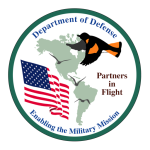WARREN
AIR FORCE BASE

CHECKLIST OF BIRDS
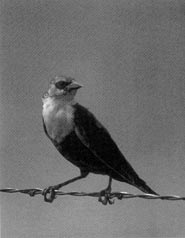
YELLOW-HEADED BLACKBIRD by Rob Simpson
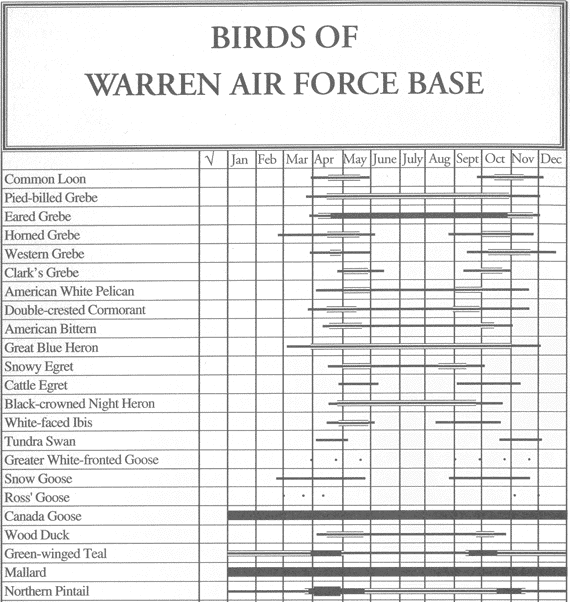
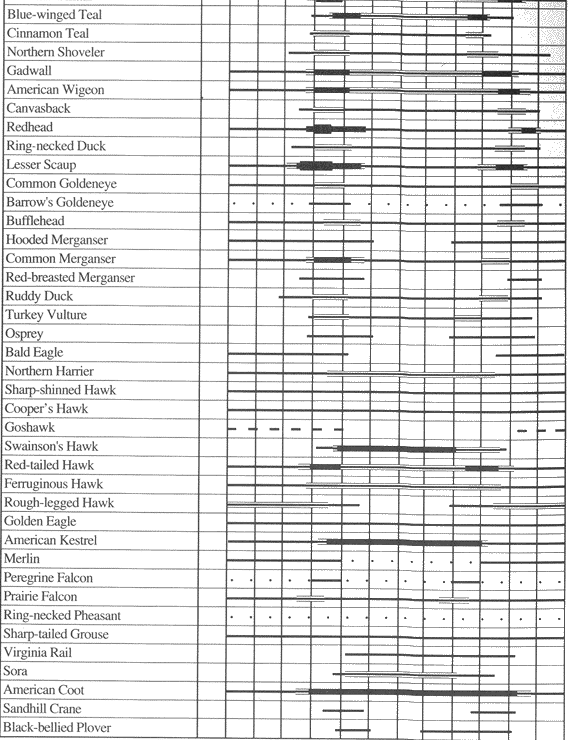
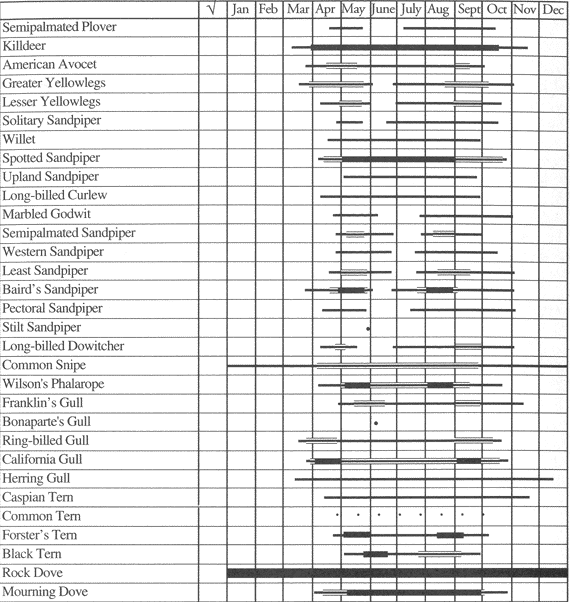
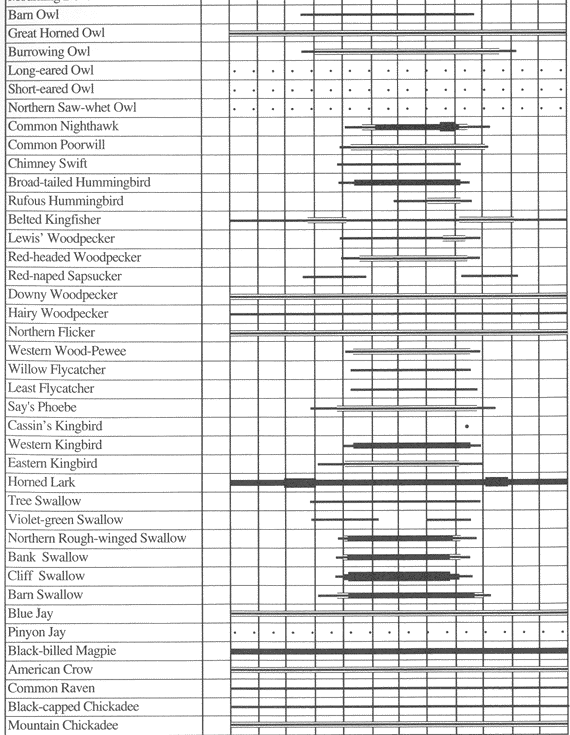
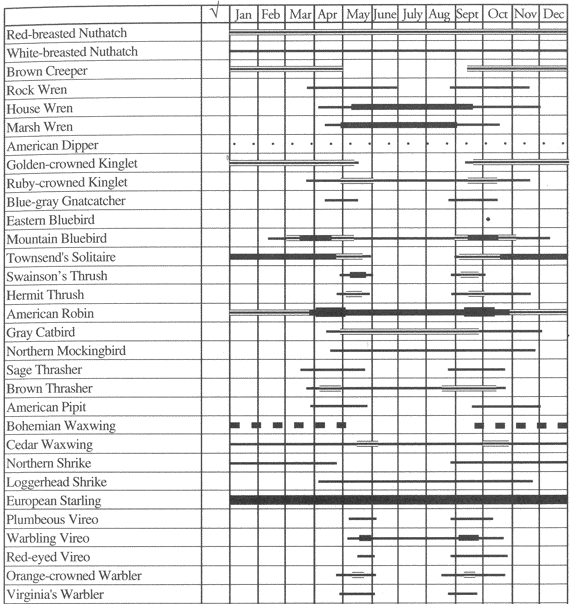
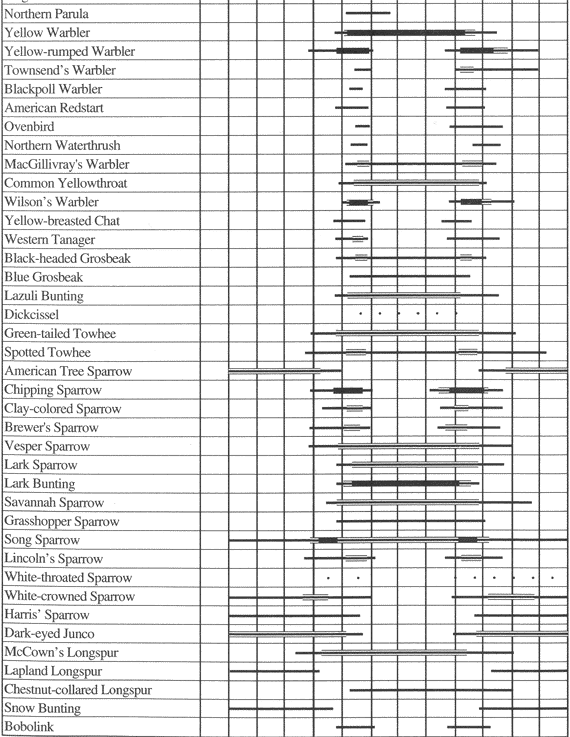
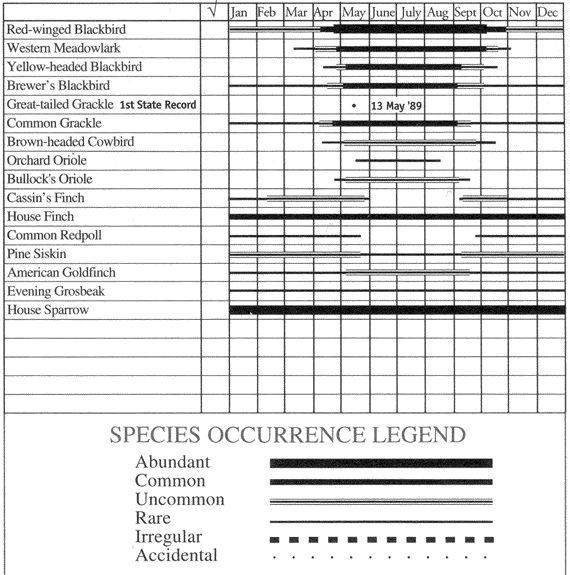
AIR FORCE RESOURCE MANAGEMENT
The United States Air Force has the responsibility of managing more than nine million acres of valuable public lands. To ensure success, the Air Force has developed a network of dedicated professionals who work in coordination with local, regional and national authorities. Their challenge is to find a balance in requirements for military mission, security and environmental habitat protection. This effort requires the cooperation and support of the Air Force and its neighbors. The primary goal is to guarantee the quality of public lands under Air Force stewardship.
Conservation programs on Air Force bases include fish and wildlife conservation, forestry, agricultural land management, habitat management and outdoor recreation. Air Force Resource Managers and nearby communities, working together have made great strides in fostering environmental awareness through education and cooperation.
The Air Force supports partnerships with many resource groups; Neotropical Migratory Bird Conservation, Ducks Unlimited, North American Waterfowl Management Plan, Wetlands Protection and Enhancement and the National Watchable Wildlife program. You are invited to visit Air Force lands. See how we are doing with our part of America.

| SWAINSON’S HAWK by Bill Clark |
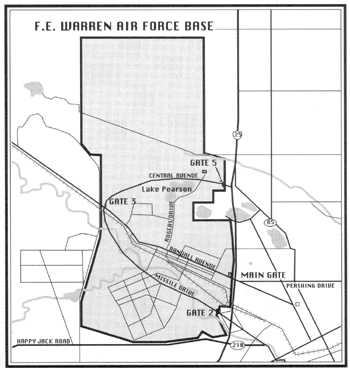
WARREN AIR FORCE BASE, WYOMING
Established in 1867 as a Cavalry outpost, the site was named in 1930 for the 1st Governor of Wyoming, Civil War Medal of Honor winner Francis E. Warren. It became an Air Force Base in 1947. Now under Air Force Space Command, it is home to the 90th Missile Wing and the 20th Air Force, with 3500 military and 650 civilian personnel. F.E. Warren controls 150 Minuteman III missiles housed in the states of Wyoming, Nebraska and Colorado. It is the only site where Peacekeeper missiles (50) are deployed. Management area of the missiles placement grid is 12,000 square miles.
The base itself has 5820 acres and is at 6000′ altitude. Located adjacent to the city of Cheyenne WY, Warren AFB has prairie range in very nearly original condition. Antelope can be seen grazing among the buildings. Crow Creek runs through the site, and there are several small lakes, a cattail marsh and a wet meadow. This combination of unique wetlands and high-quality grasslands provide habitat for wildlife and over 200 species of birds.
The U.S. Air Force and Partners in Flight are cooperating on an international program to promote the conservation of migratory birds. For information, contact DoD Partners in Flight by email or call 540-349-9662.

